The anticipation of a reply on Bumble can spark hope, excitement—and sometimes, intense anxiety. Whether you’re searching for love, a friend, or a networking connection, the wait between sending a message and getting an answer can feel endless.
Table of Contents
-
Why Waiting Impacts Us So Deeply
-
The Science: How Our Brains React to Uncertainty
-
Modern Dating Apps & The “Scarcity” Trap
-
Bumble’s Rules: Timers, First Moves, and Unique Anxiety
-
Gender Dynamics: Who Waits (and Worries) More?
-
Cognitive Traps: Ruminating, Overthinking, and Ghosting
-
Mindful Messaging: How to Manage the Waiting Game
-
Messaging Etiquette for Smoother Conversations
-
Recognizing Healthy App Use vs. Burnout
Why Waiting Impacts Us So Deeply
At its core, waiting is a test of patience and self-worth. In the context of dating apps like Bumble (where matches aren’t guaranteed and replies are never certain), every sent message feels like a small personal risk. The anticipation of a response can reward us with a dopamine surge—or, if met with silence, reinforce insecurity and self-doubt.
When left on “seen,” or when a reply doesn’t come quickly, our mind often fills in the blanks with worst-case scenarios. This is normal and universal for most digital communicators, dating or otherwise.
The Science: How Our Brains React to Uncertainty
Neuroscientific research shows that humans are wired to find uncertainty uncomfortable. Our reward system (especially the neurotransmitter dopamine) is highly sensitive to feedback—when we send a message, we crave a quick “hit” of validation.
-
Variable reward schedules: Just like casino slot machines, app notifications (and message replies) arrive unpredictably, making them more addictive and anxiety-inducing.
-
Studies show waiting for a response can increase cortisol (the stress hormone) levels, raising heart rate and anxiety.
This pattern often leads to “checking loops”—re-opening the app repeatedly to look for that elusive reply, which reinforces both anticipation and stress.
Modern Dating Apps & The “Scarcity” Trap
Apps like Bumble are built around the mechanics of scarcity and intermittent reward:
-
Time limits on matches: Bumble profiles disappear if not messaged in 24 hours. This gamifies urgency.
-
No read receipts: You often can’t tell if a message was seen, magnifying uncertainty.
-
High volume, low certainty: Most users have multiple connections, increasing waiting and the odds of not getting replies.
These features nudge users to message quickly—but they also make waiting for a reply more emotionally taxing.
Bumble’s Rules: Timers, First Moves, and Unique Anxiety
On Bumble:
-
Women make the first move in heterosexual matches.
-
The recipient has 24 hours to respond, or the match expires.
-
There are no read receipts, so you never know if your message has been seen or will go unanswered.
While these rules prioritize safety and equal agency, they can also drive up pressure and uncertainty, especially when you’re deeply interested in a match.
Gender Dynamics: Who Waits (and Worries) More?
Research and personal testimonies indicate that both men and women:
-
Experience anxiety about waiting for replies.
-
Engage in “over-checking” and overthinking after sending a message.
-
Sometimes misinterpret delays as disinterest or rejection.
However, Bumble’s “women message first” rule puts initial waiting pressure on men (after women message) and initiatory pressure on women (to break the ice).
Cognitive Traps: Ruminating, Overthinking, and Ghosting
When a message goes unanswered, it’s easy to fall into these mental habits:
-
Personalizing: “They haven’t answered because I wasn’t interesting enough.”
-
Catastrophizing: “I’ll never get a reply—I’m doomed to fail at dating.”
-
Confirmation bias: Searching for patterns (e.g., “Everyone ghosts me recently—maybe it’s my opener”).
These responses are natural but often inaccurate. Many replies are delayed for benign reasons: busy schedules, app fatigue, or simply missing the notification.
Mindful Messaging: How to Manage the Waiting Game
Here’s how top dating and mental health experts recommend coping:
-
Message and move on: Don’t fixate on each sent message; send it, log off, and focus on other activities.
-
Limit “checking loops”: Schedule specific times to check Bumble rather than constantly refreshing.
-
Diversify connections: Continue matching and messaging others to spread emotional investment.
-
Use supportive self-talk: Remind yourself of your value and the realities of digital dating.
-
Keep perspective: Remember, on any given day, most messages on dating apps remain unanswered.
Messaging Etiquette for Smoother Conversations
-
Personalize your openers: Referencing profile details boosts your odds of a reply.
-
Be patient and polite: If there’s no answer after 24–48 hours, a gentle nudge is okay—but don’t spam or guilt-trip.
-
Know when to move on: If your message goes unanswered, let it go. Invest your energy in more responsive matches.
Recognizing Healthy App Use vs. Burnout
It’s normal to feel disappointed by slow replies. But watch for these red flags:
-
Constantly thinking or worrying about app replies.
-
Skipping work, sleep, or eating to wait for responses.
-
Feeling persistent sadness or irritability related to Bumble activity.
When this happens, take breaks, reevaluate your approach, and consider switching up your notifications or app routines.
Read More: Getting More Bumble Replies: The Ultimate, Human-Written 2025 Guide
In Summary:
The waiting game on Bumble is a powerful reflection of modern digital life—heightened by time limits, uncertainty, and the drive for connection. By understanding the psychological science, knowing what’s actually in your control, and applying healthy, confident habits, you can navigate the Bumble waiting window with resilience, calm, and higher success in both dating and self-care.

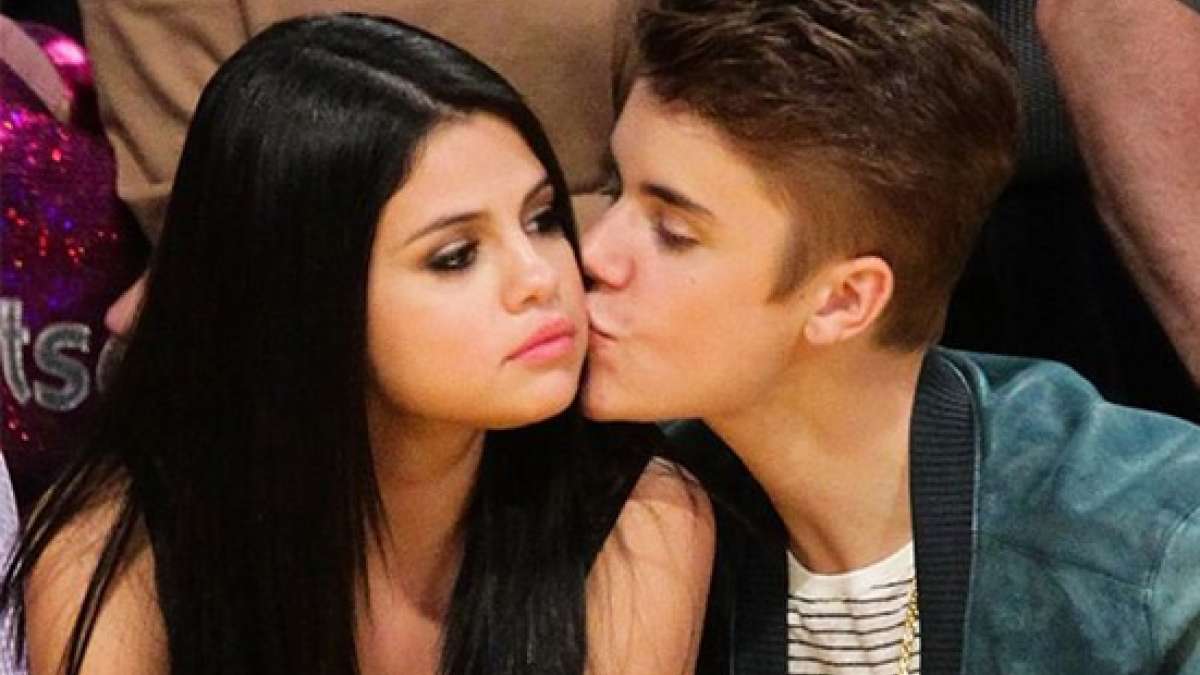

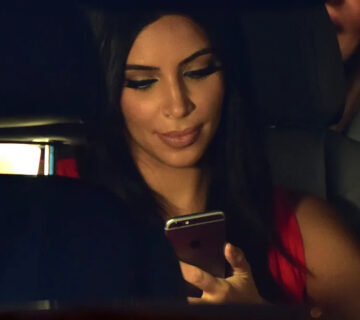
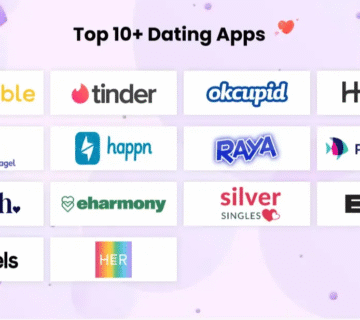
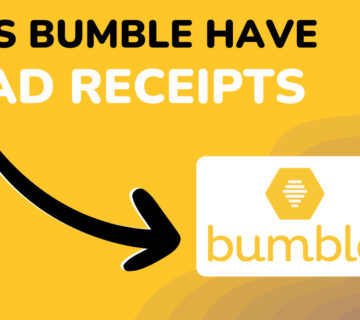
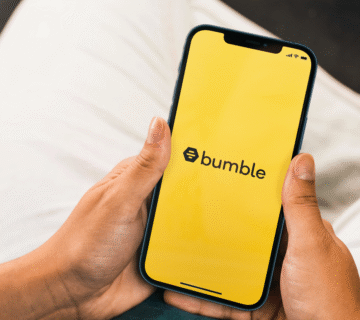
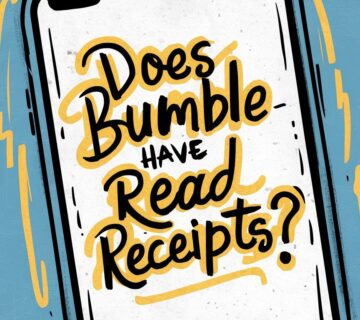
[…] Read More: The Psychology of Waiting for a Bumble Message Response: A Deep Dive for 2025 […]